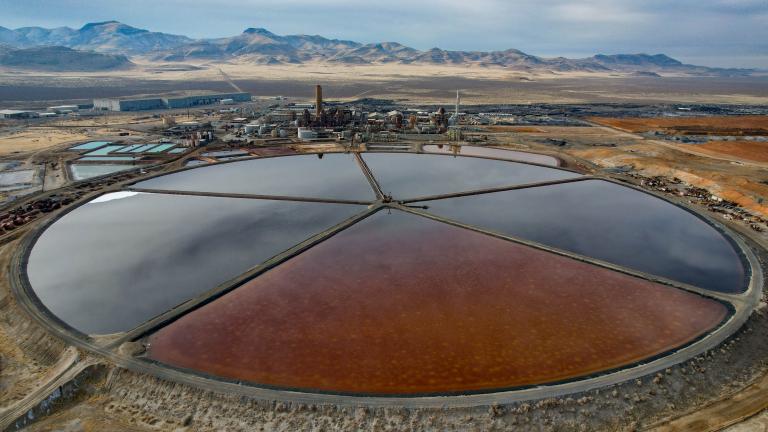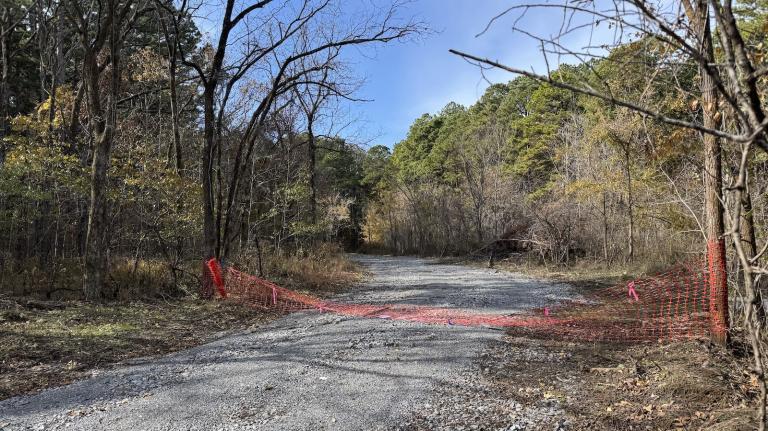In the aftermath of Fukushima, Japanese people are registering less trust in their government, and stories like this one are the reason why. The entire community of Namie evacuated out of the area surrounding Fukushima to a safe haven, only to find later that they were still in the path of radiation, and the government had tools that indicated as much.
When a large plume of something nasty — chemicals, biological hazards, or radiation — is released into the air, it doesn't stay in one place. It's not always obvious where it will go, though. Winds and air pressure systems shift. Obstacles like tall buildings, forests, and mountains can have an impact. Predicting a plume's path is sort of like predicting the path of a nasty storm, only the consequences of being wrong are a little more dire than a few wet people who didn't bring an umbrella to the office.
Because the stakes are so high, governments have tools to make these predictions. (These are the sort of tools that let the U.S. government monitor when radiation hit the California coast, for instance, and decide whether it was dangerous.) Scientists are working on models that could predict the path of dangerous plume with some specificity in complex urban environments.
Japan has a system, called (adorably?) Speedi, that was designed in the 1980s. Data from Speedi is supposed to go to local officials and rescue workers to help people evacuate. The idea is to avoid exactly what happened to Namie residents: they mistakenly thought the winter winds would blow south, so they went north and ended up in the path of the Fukushima radiation plume.
Instead, The New York Times reports, government officials avoided dealing with the Speedi data, because no one wanted to take responsibility for the costly order to evacuate more people. Now, those government agencies are collectively responsible for exposing more people than necessary to high levels of radiation.




